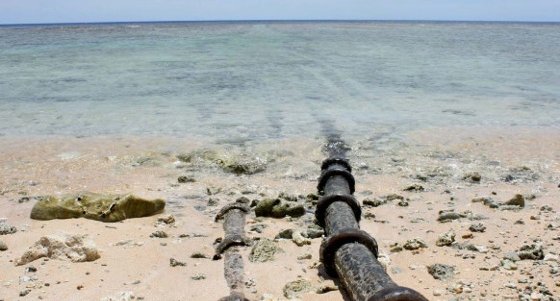As supply continues to outstrip demand with new projects surging ahead, undersea cable operators are starting to look for ways, other than dropping their price, to gain market share.
Quick recap on the current market from NZ/AU perspective:
- Hawaiki has just finished its route survey and looks like it is well on the way to becoming a reality. It will run between the USA, Australia, Hawaii, American Samoa and NZ, and possibly some other pacific Islands.
- Tasman Global Access (TGA) which is a point to point link between New Zealand and Australia, will go live this year at some point, likely Q2.
- APX-West is set to connect Australia’s West coast to Singapore this year.
- Southern Cross (SC) has plans to run a new cable, Project NEXT, between Sydney, Auckland and Los Angeles prior to 2020.
Back in 2012 when Pacific Fibre was seeking funding, the immediate response from SC was to drop pricing and lock carriers in term. This was effective in both locking up market share, and in making it more difficult for new projects to earn a return on a lower price p/Mbps they sold.
Now with the looming reality of three paths running between Australia and NZ, and two between New Zealand and the USA, SC and Telstra are changing their approach. Rather than simply dropping their price in response to any threats, they are looking to add value through innovation.
What is so innovative?
Until now, undersea cables have just been big dumb pipes. Buy a slice of capacity on said pipe, and pay your bill. Simple.
Now, a couple of new concepts have emerged:
- SC have taken a play out of the elastic fabric playbook originally authored by Megaport (at least in this part of the world) and announced plans to utilise software defined networking (SDN) to allow smaller Pacific Island clients to ramp up/down bandwidth to suit fluctuations in demand. This is clearly a play to thwart Hawaiki who originally pitched itself as the company to connect underserved pacific Islands. A $6m grant from the World Bank helped SC make this move.
- Telstra have announced an “always on” guarantee on its routes between Australia and Asia. Essentially, it is a protected service, with them using the cables gained in the Pacnet purchase to sell capacity between two locations via multiple routes, rather than over a single cable. It is a common retail play, one Lightwire and others offer as standard between two points, but made at a wholesale level.
The reality is that this move has been forced, prices can’t get much lower, so other options were required out of necessity.
These moves are the start of a new phase in undersea cable sales strategy. Price can’t drop much further, so value will now be added through additional features.
Brendan Ritchie
